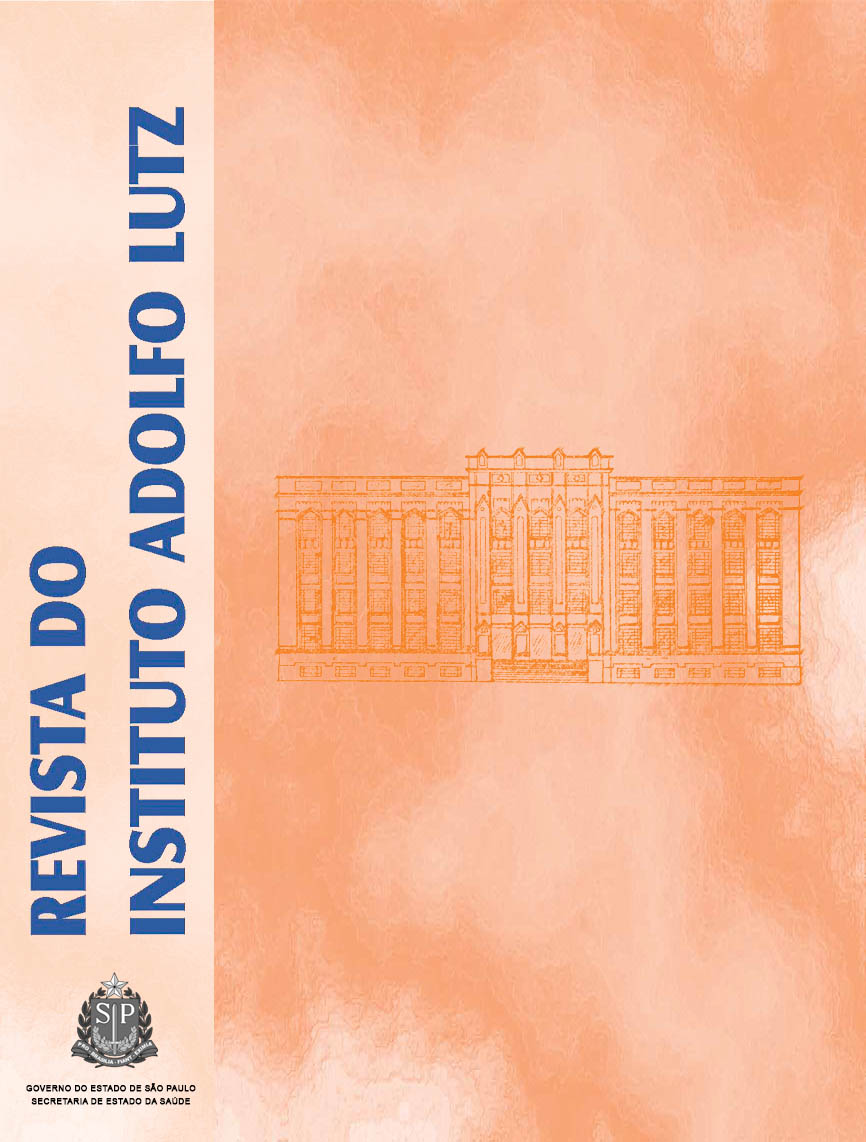Abstract
The pepper ought to be collected, processed, packed under optimum conditions to avoid the presence of foreign matters. The hygienic conditions of ground pepper marketed in São Paulo city were assessed by means of two methodologies on 22 samples during the period from May to September 2006. For determining the occurrence of light filth the flotation technique was employed following the methodology recommended by AOAC, and the enzyme – linked immunosorbent assay (ELISA). It was observed that 100% of the samples contained insect’s fragments and in various samples more than one type of foreign matters were found. Twenty-three percent of samples were unqualified for consumption owing to the occurrence of rodent hair. For performing ELISA, the standard samples containing 1, 2, 4, 8 and 10 insects were included in order to estimate the number of insects in the analyzed samples by means of optical densities (OD) values. Of 22 samples, 36.4% of samples presented OD values close to that corresponding to standard 8 insects, 40.9% samples to standard 4 insects, 18.2% to 10, and 4.5% to standard 2 insects. According to the results observed in the present study, the technique described in the AOAC is more suitable for detecting not only the insects but also the additional filth in analyzed samples, while ELISA is specific to detect myosin from the insect muscle, which undergoes degradation after some time.References
1. Graciano RAS, Atui MB, Dimov MN. Avaliação das condições higiênico-sanitárias de cominho e pimenta do reino em pó comercializados em cidades do Estado de São Paulo, Brasil, mediante a presença de matérias estranhas. Rev Inst Adolfo Lutz. 2006; 65(3): 204-8.
2. Brasil. Resolução RDC nº 276, de 22 de setembro de 2005. ANVISA. Aprova o Regulamento Técnico para Especiarias, Temperos e Molhos. Diário Oficial da União, Brasília, DF, 23 de setembro 2005. Seção I, p378.
3. Correia M, Daros VSMG, Silva RP. Matérias estranhas em canela em pó e páprica em pó, comercializadas no Estado de São Paulo. Ciênc Tecnol Aliment. 2000; 20(3): 1-10.
4. Association of Offi cial Analytical Chemists (AOAC) International. Officcial Methods of Analysis of AOAC International, 17º ed., William Horwitz (Editor), Gaithersburg, MD, AOAC Offi cial Method 972.40A., 2000.
5. Brasil. Lei nº 8.078, de 11 de setembro de 1990. Presidência da República, Casa Civil. Dispõe sobre a proteção do consumidor e dá outras providências. Diário Oficial da União. Brasília, DF, nº 176, 12 de setembro de 1990. Suplemento, p.1-12.
6. Brasil. Resolução RDC nº 175, de 08 de julho de 2003. ANVISA. Aprova o Regulamento Técnico de Avaliação de Materiais Macroscópicas e Microscópicas Prejudiciais à Saúde Humana em Alimentos Embalados. Diário Oficial da República Federativa do Brasil, Brasília, DF, 2003. Disponível em: http://www.anvisa.gov.br/legis/resol/2003/rdc/175_03rdc.htm.
7. Brasil. Portaria SVS/MS no 326, de 30 de julho de 1997. Regulamenta as Condições Higiênico-Sanitárias e de Boas Práticas de Fabricação para Estabelecimentos Produtores/Industrializadores de Alimentos. Diário Ofi cial da União, Brasília, DF, 1 de agosto de 1997. Seção I.
8. Kitto GB. A new rapid biochemical technique for quantitating insect infestation in grain. Association of operative Millers Bulletin, 1991; 5835-8.
9. Bair J, Kitto GB. New Methods for rapid determination of insects in grain. Proceeding of GEAPS, 1992: pp: 85-94.
10. Gorhan JR. Filth in foods. Implications for health. In: Gorhan JR. ed. Principles of food analysis for filth, decomposion, and foreign matter. Washington, DC, Food and Drug Administration. P.27-32 (FDA Techinical Bulletin, 1), 1981.
11. Food and Drug Administration (FDA). The food defect action levels: current levels for human use that present no health hazard. Washington, US Department of Health and Human Service/Public Health Service Food and Drug Administration Bureau of Foods, 1982, 20p.
12. Wirtz RA. Food Pests as Disease Agents. In: Gorham JR ed. Ecology and Management of Food – Industry Pests. (FDA Techinical Bulletin Number 4) Association of Offi cial Analytical Chemists, Arlington, Virginia, p:469-75, 1991.
13. Baggio D, Franzolin MR. Análise e controle dos ácaros em alimentos e produtos armazenados. In: Encontro Nacional de Analistas de Alimentos, 1991. 18p.
14. Fletchman CHW. Ácaros em produtos armazenados e na poeira domiciliar. Piracicaba, Fundação de Estudos Agrários Luiz de Queiroz. 1986 (mimeografado).
15. Gecan SJ, Bandler R, Glaze LE, Atkinson JC. Microanalytical quality of ground and unground marjoram, sage and thyme, ground allspice, black pepper and paprika. Journal of Food Protection 1986; 49(3): 216-21.
16. Carvalho Neto C. Manual prático de biologia e controle de roedores. 2ª ed. rev. ampl. São Paulo, CIBA-GEIGY; 1987.
17. Chen WM, Kitto GB. Species-specifi c immunoassays for Sitophilus granarius in wheat. Food & Agricultural Immunology. 1993, 5: 165-75.
18. Atui MB. Avaliação de metodologias para detecção de insetos, seus fragmentos e de resíduos de terra diatomácea em grãos e farinha de trigo. [Tese de Doutorado – Pós Graduação em Ciências Biológicas – Área de concentração em Entomologia – Universidade Federal do Paraná]. 2002. Curitiba, PR, 77 p.
19. Kitto GB, Thomas PN, Lemburg J, Brader B, Burkholder WE. Development of immunoassays for quantitative detection of insects in stored products. Prooceedings of the 6th International working Conference on Stored-product Protection. v. I, 1992, 415-20.
20. Kitto GB, Thomas PN, Lemburg J, Brader B, Burkholder WE. Immunoassays for detecting insect contamination of foods products. In: Immunoassays for Residue Analysis: Food Safety. RC Bier and LH Stanker (eds). American Chemical Society, Washington, DC. 1996.

This work is licensed under a Creative Commons Attribution 4.0 International License.
Copyright (c) 2009 Instituto Adolfo Lutz Journal
